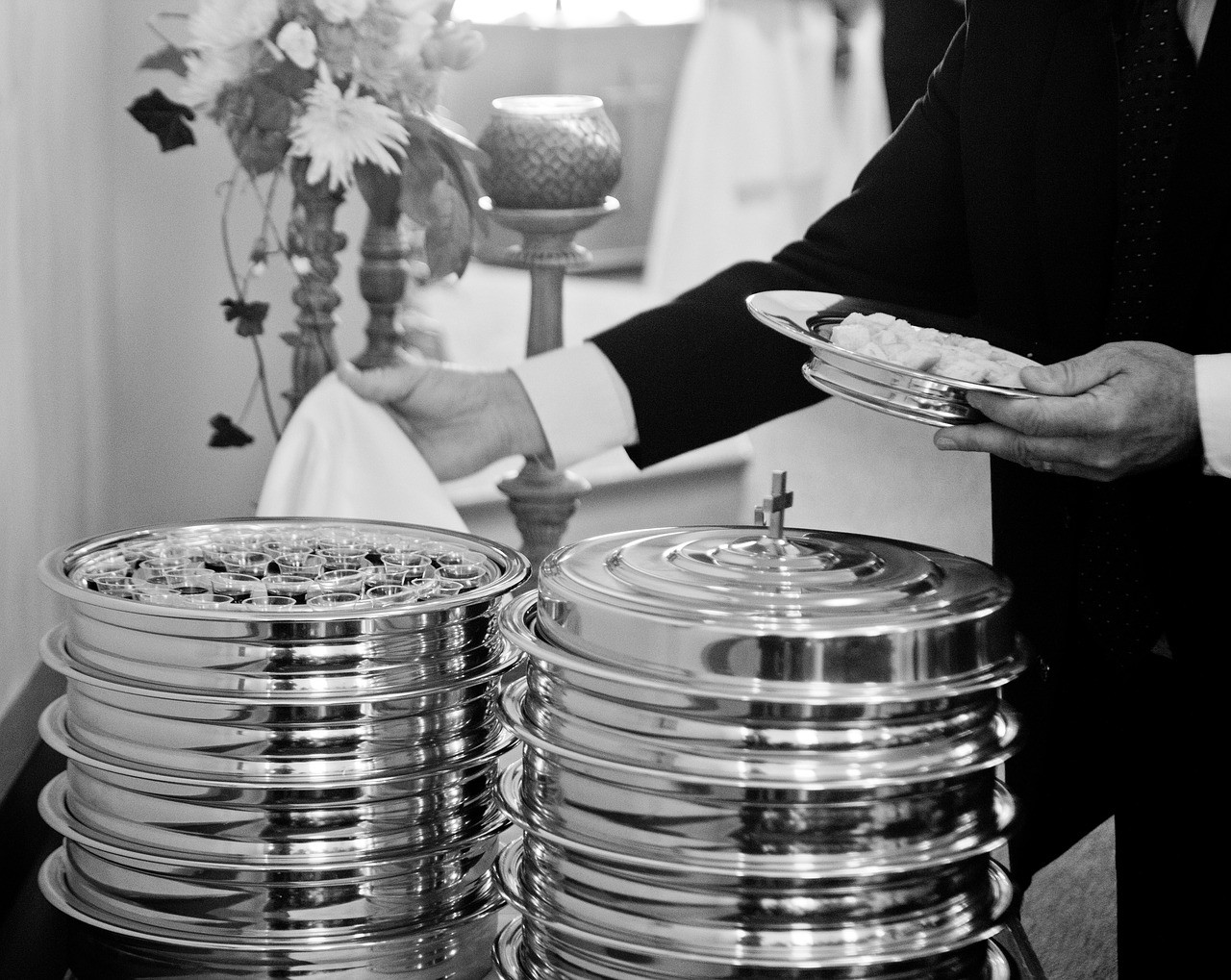Growing up, many remember specific objects connecting them to important religious experiences. For some, it might be a small glass cup, a tangible reminder of their first communion. This article explores how children understand and participate in the Holy Eucharist, particularly within the Episcopal tradition and the ’79 Book of Common Prayer. It seeks to provide resources and guidance for parents and educators on teaching children about this central sacrament.
In some denominations, like the Lutheran church described in the author’s childhood, children typically participate in a First Communion class before receiving the sacrament. This class, often held around fifth grade, prepares them for the meaning and significance of communion. Completing the class marked a rite of passage, symbolized by receiving and keeping the small communion cup.
However, traditions vary. In the Episcopal Church, particularly following the ’79 Book of Common Prayer, the practice of communing children from the time of their baptism is common. This means children grow up experiencing the Eucharist without a specific age-based milestone.
The question then arises: How do we ensure these children understand the depth and meaning of the Eucharist, even if they’ve received it since infancy?
The Eucharist: More Than Just Taking Bread and Wine
The Holy Eucharist, also known as Holy Communion, is a central act of worship in many Christian traditions. It’s a way of remembering and participating in the life, death, and resurrection of Jesus Christ. The bread and wine, consecrated by a priest, become the Body and Blood of Christ.
For children, understanding this concept can be challenging. Here’s a breakdown to help explain it:
- Remembering Jesus: The Eucharist helps us remember Jesus’s last supper with his friends (disciples).
- Giving Thanks (Thanksgiving): Eucharist literally means “thanksgiving.” We thank God for Jesus and all that He has done for us.
- Sharing a Meal: Sharing the bread and wine is like sharing a meal together, a symbol of unity and love.
- Becoming Closer to God: Through the Eucharist, we believe we become closer to God and strengthened in our faith.
 Communion wafers and wine
Communion wafers and wine
Explaining Rite II to Children
The Rite II service in the Book of Common Prayer offers a contemporary and accessible language for worship. Here’s how you can explain it to children:
- The Gathering: The service begins with gathering together as a community, singing hymns, and praying. This sets the tone for worship.
- The Word of God: We listen to readings from the Bible, stories about Jesus and God’s love for us.
- The Prayers of the People: We pray for ourselves, our community, and the world, asking for God’s help and guidance.
- The Peace: We share a sign of peace with each other, like a handshake or hug, showing love and reconciliation.
- The Eucharist: This is the most special part of the service. The priest consecrates the bread and wine, and we receive it as the Body and Blood of Christ. We participate in communion, remembering Jesus’ sacrifice and drawing closer to God.
- The Sending Forth: We are sent out into the world to share God’s love and serve others.
Resources for Teaching Children about the Eucharist
Finding age-appropriate resources to teach children about the Eucharist can be challenging. Here are some suggestions:
- Storybooks: Look for children’s storybooks that explain the Eucharist in simple terms, focusing on themes of remembrance, thanksgiving, and love.
- Activities: Engage children in hands-on activities like drawing pictures of the Last Supper or creating a banner about the Eucharist.
- Discussions: Have open and honest conversations with children about their questions and feelings about the Eucharist.
- Visual Aids: Use pictures, videos, or other visual aids to help children understand the symbolism of the Eucharist.
Tips for Parents and Educators
- Start Early: Begin talking about the Eucharist with children from a young age, using simple language and concepts.
- Be Patient: Children’s understanding of the Eucharist will develop gradually over time.
- Make it Relevant: Connect the Eucharist to children’s everyday lives, helping them see how it relates to their experiences.
- Be Authentic: Share your own faith journey with children, letting them know what the Eucharist means to you.
- Utilize Available Resources: Explore resources offered by your church or diocese, such as children’s sermons, workshops, or online materials.
The Holy Eucharist is a profound sacrament, and guiding children to understand its significance is a vital part of their faith development. By using age-appropriate language, engaging activities, and open conversations, parents and educators can help children appreciate the beauty and mystery of Holy Communion. Continuing the conversation as they grow and mature ensures a deeper, more meaningful connection to this central aspect of Christian worship.
